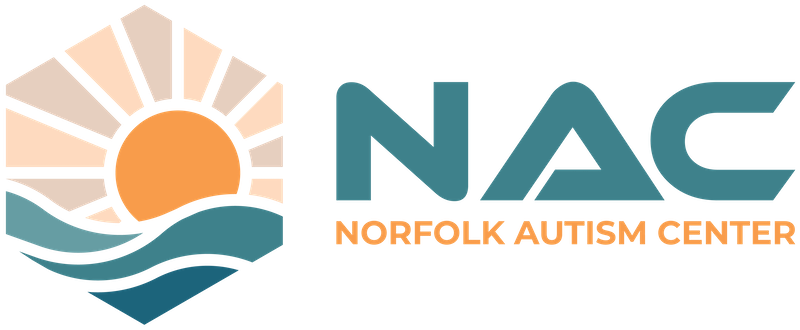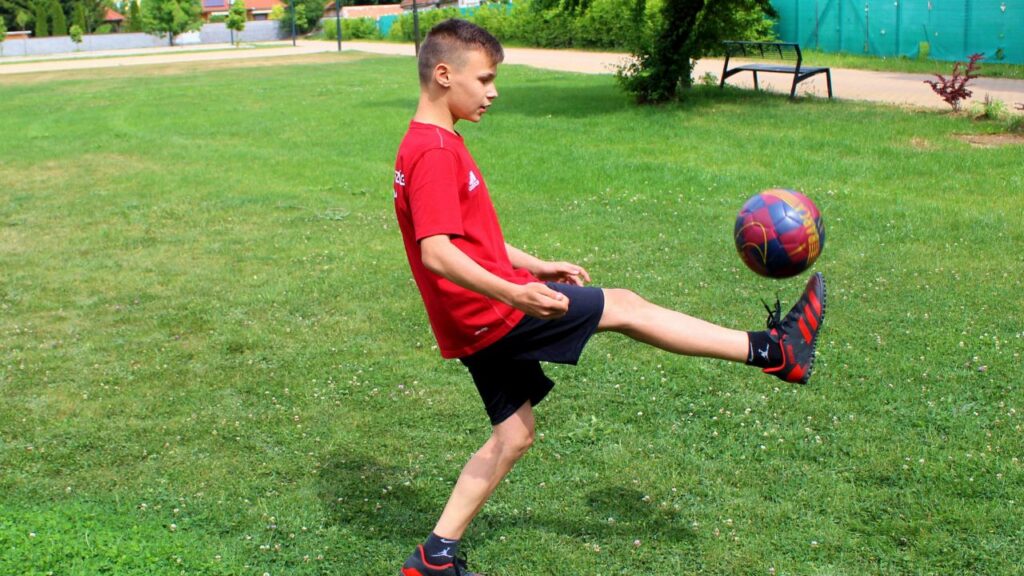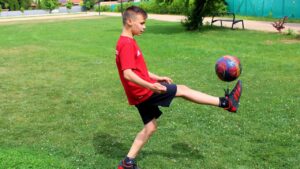Families often ask whether their child will do better in a center or at home. At Norfolk Autism Center, both options use the same evidence-based ABA methods and individualized plans. The difference is the setting, and the setting changes what your child practices day to day. This guide explains how each model works here and how families can combine them to support progress across home, school, and the community. See our overview of ABA services for more info.
Center-Based ABA: Structured, Specialized, and Social
Center-based therapy gives young learners a consistent, controlled environment. NAC highlights several advantages: a structured setting that supports focus and predictability, access to specialized resources such as sensory equipment and visual supports, peer-interaction opportunities to practice social skills, weekly parent training to mirror strategies at home, and close professional collaboration among clinicians on site.
Our center program serves children ages 2 to 6 and uses play-based interventions that prepare older preschoolers for school routines while keeping therapy engaging. The approach targets communication, social interaction, behavior management, and confidence building.
At-Home ABA: Flexible, Familiar, and Built Around Daily Routines
At-home ABA brings the same NAC treatment model into settings your child already knows. Services can take place in your home, a private school, or a daycare center, with the goal of teaching skills where your child spends time. NAC notes that this immediate familiarity can reduce stress and support engagement, while therapists address real-world situations as they occur.
Scheduling is adaptable. NAC provides examples such as three days per week totaling 25 hours, while also customizing the frequency and length of sessions based on attention and family logistics. NAC clarifies that it does not provide direct therapy inside Virginia public schools; in those settings the team participates through consultation, IEP meetings, or staff training when invited.
All programs are overseen by licensed supervisors with day-to-day services delivered by Registered Behavior Technicians under a written supervision plan. NAC also supports families with insurance navigation and standard HIPAA and consent procedures.

How NAC Blends Services
Generalization is a core ABA goal at NAC. Even when a child receives center-based care, NAC builds in weekly in-home parent training so families can mirror techniques and reinforce skills across settings. The ABA overview emphasizes generalizing center-learned skills at home with therapist support, while the center page describes the weekly home visit for parents.
Families who choose at-home services can also integrate naturalistic methods like Natural Environment Teaching and structured methods like Discrete Trial Training, both offered at NAC, so the same strategies carry between living room practice and center sessions if your plan includes both.
Which Option Fits Your Child Right Now
NAC’s center model may fit children who benefit from a highly structured environment, consistent routines, and access to specialized materials, with built-in opportunities for peer practice.
At-home services may suit children who feel overwhelmed by new spaces or families whose schedules or travel make daily center attendance difficult. Working in familiar routines can help skills appear where they matter most. At-Home ABA Therapy. :contentReference[oaicite:9]{index=9}
What Therapy Looks Like at NAC
Across settings, NAC follows the same process: a formal ASD diagnosis is required to begin services, then the team completes comprehensive assessments, sets measurable goals, and collects data to guide adjustments. NAC uses methods such as DTT, positive reinforcement, functional communication training, and NET while collaborating closely with families.
Family training is a standing part of the plan. NAC provides education, behavior-management strategies, communication tools, and coaching on integrating supports into daily routines like meals, playtime, and bedtime.
Getting Started
NAC outlines simple steps: confirm a diagnosis, verify insurance, complete evaluation, and begin a personalized plan. If you are comparing center-based and at-home options, the team will discuss your child’s learning style and your family’s routines to map the right mix now, with room to change as needs evolve. Contact us for more information or call us at (757) 777-3229.




